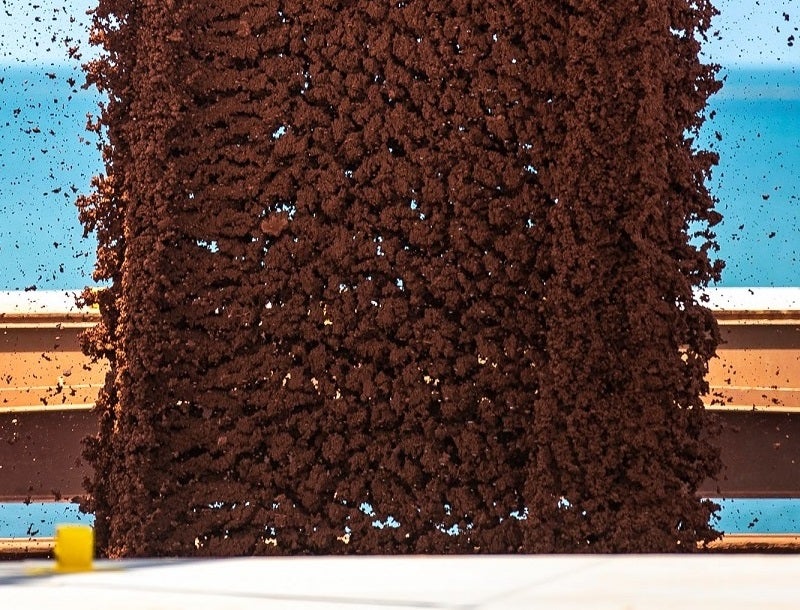
Academic research published on Thursday investigates a method of extracting critical minerals from dry-stack tailings, while reducing emissions.
The paper finds that the process of bioleaching, where microbes break down ores into their metal components for extraction, can extract leftover valuable metals from dry-stack tailings. The research comes from authors Dr Jenine McCutcheon and associate professor Ian Power, at the University of Waterloo in Canada.
The paper examined the effect of bioleaching and microbial mineral carbonation on alkaline tailings. Alkaline tailings typically come from sites that mine metals, such as nickel and cobalt. The researched showed that miners can use microbes to expedite the process of weathering, which breaks down the mineral compounds in the tailings, as well as separating the mineral compounds from the tailings.
Dry-stack tailings are separate from water, condensed and compacted for storage. This allows miners to place soil and vegetation over the top of the dry-stack. Because of this, miners consider it as a greener method of tailings storage. Dry-stacking is more expensive and labour intensive than liquid dam storage for tailings. However, it is also safer as it is less vulnerable to failure following seismic shocks.
Since older tailings come from older, less-efficient mining operations, bioleaching would recover metals previously consigned to waste. This would also reduce the threat of these metals polluting water sources.
McCutcheon said of the research: “Rethinking how future mine sites are designed in order to integrate this process could result in mines that are carbon neutral from the get-go, rather than thinking about carbon storage as an add-on at the end.”
Microbial mineral carbonation in dry-stack tailings
Furthermore, the microbes can bring carbon from the air and store it in tailings via the microbial mineral carbonation. By introducing the microbes to mine tailings, a carbon crust would form from microbes secreting atmospheric CO2. This would capture carbon within the tailings, while simultaneously stabilizing the dry-stack with a carbon layer.
Applying this process to an entire mine would results in a curb in emissions of potentially more than 30%, according to the paper. Since mine tailings produce dissolved magnesium and calcium solutions when weathered, these solutions react with ambient CO2 in the air to form carbonates, and bacteria can expedite this process.
McCutcheon states in the paper: “Microbial mineral carbonation can be applied at mine sites, turning them into industrial carbon sinks. […] Even low rates of microbial mineral carbonation and associated biomass production could offset 34% of annual emissions if this process were applied to the entire mine.”



